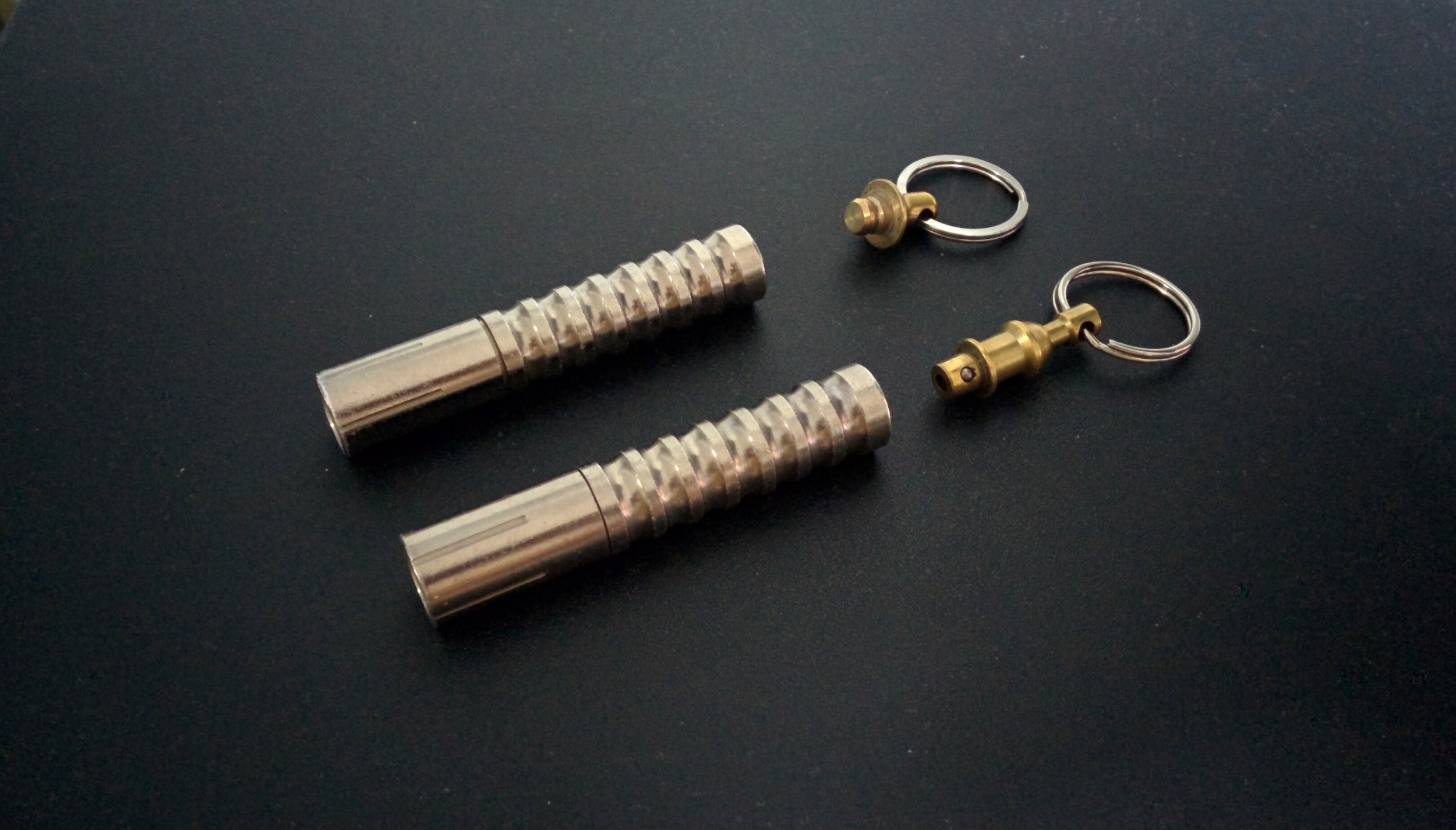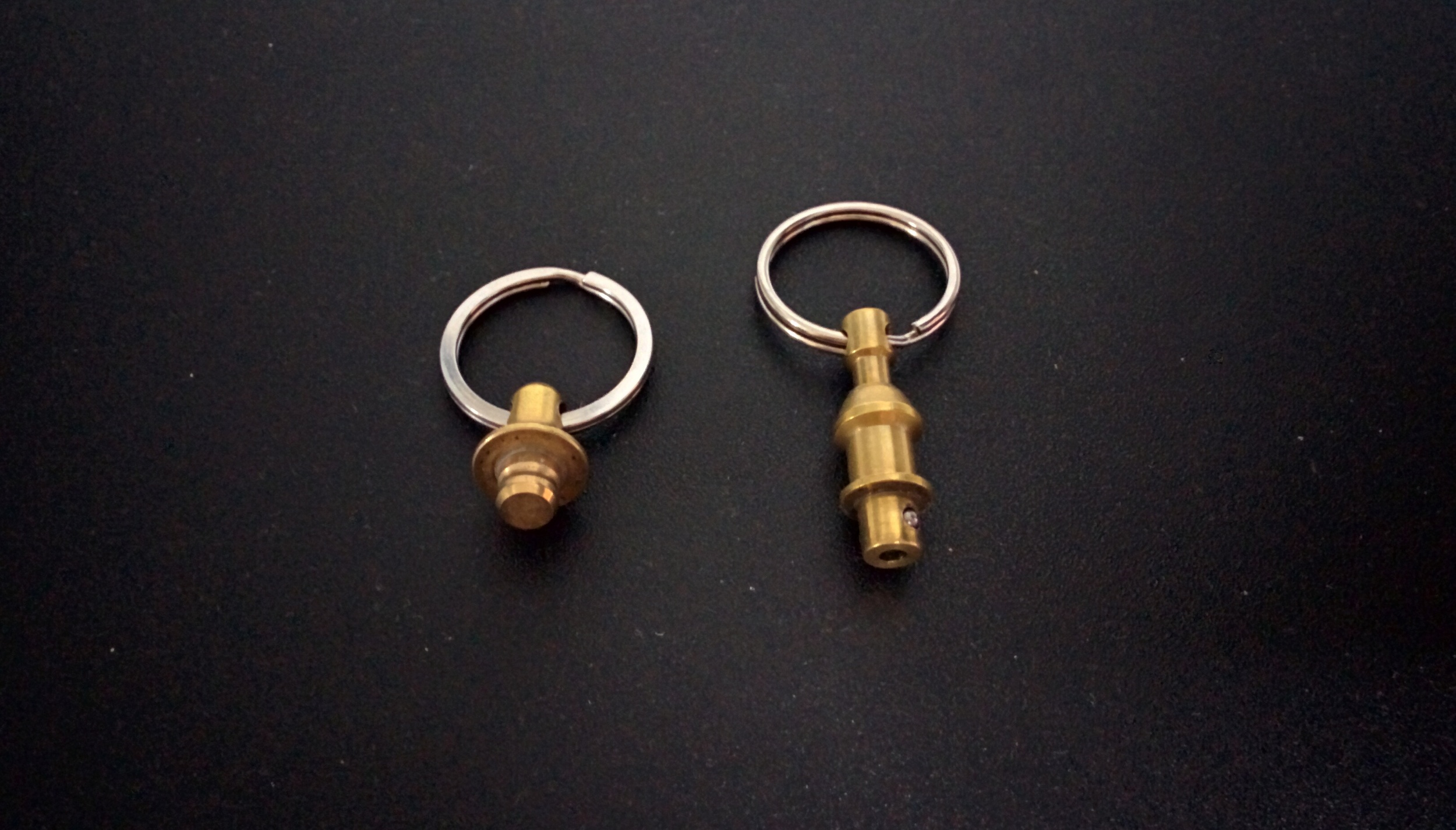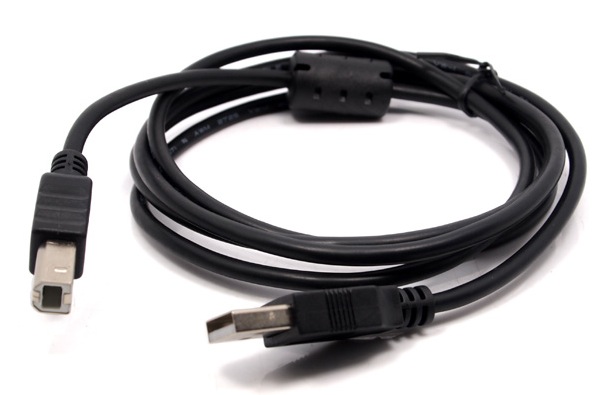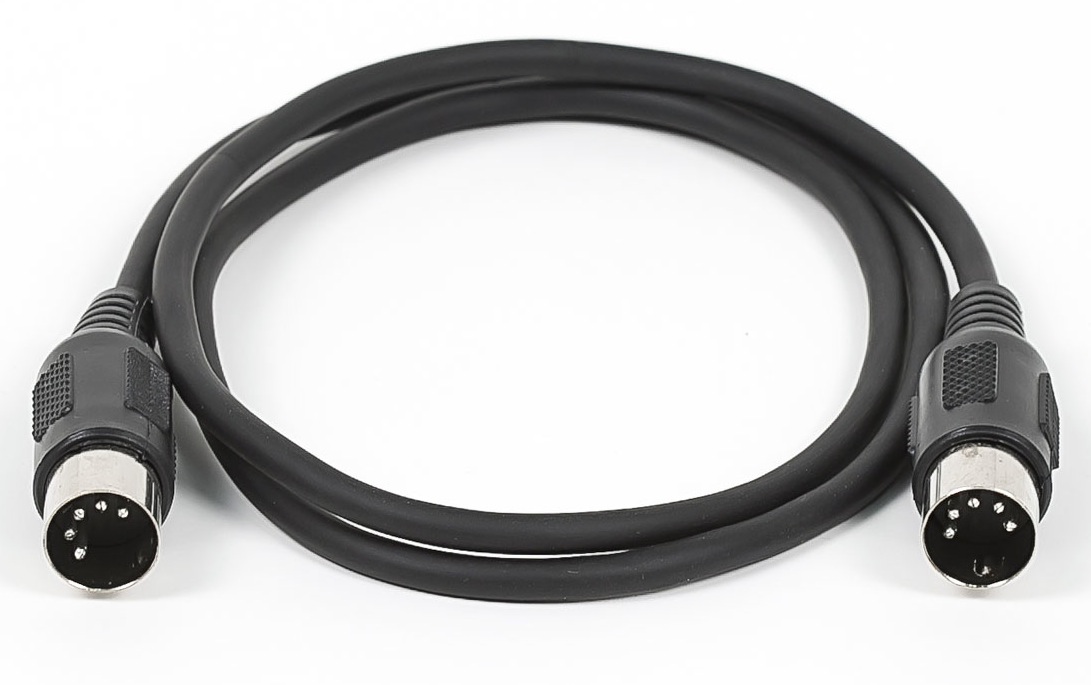USB cables are one of the most commonly used items in the computing world, regardless of whether you are an enthusiast or an IT average joe. You most likely have lost count on the number of USB cables you have owned. USB cables are ubiquitous as they provide essential features such as file / data transfer or device charge up. However, it is quite shocking that for a technology that has so much control towards your digital lifestyle, not many understand the specifications and limitations of this protocol. I myself have been bitten once in my own assumption towards this particular technology.
Similar to any data protocol, there is always a limitation in transmitting range, meaning there is always a maximum length you can run a cable before you lose signal integrity. In this case, the cable length should be 5m max for high-speed transfer and 3m for low-speed transfer.
You might wonder why there are USB cables more than 5m available in the market if the maximum length of USB cable is rated at 5m. There are even comments online saying that these cables work perfectly. I used to buy USB cables that are more than 5m for my recording / production works, mainly to punch in MIDI data into Apple's Logic Pro for sample triggering or instrument emulations. Using a USB cable for such applications is not uncommon, as this eliminates the need for a physical audio interface to connect the electronic instrument (e.g. Keyboard) to your computer (DAW). I adopted this approach as I often do not have access to a physical audio interface with MIDI I/O in most of my projects, thus using a USB cable to interface instrument with the DAW is a cheap and simple way to go about it.




